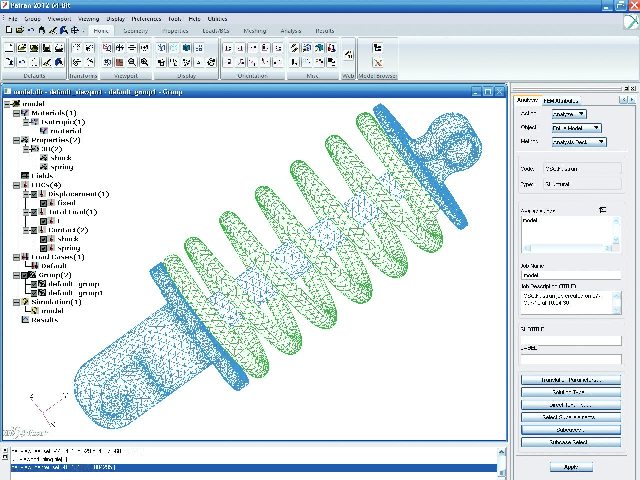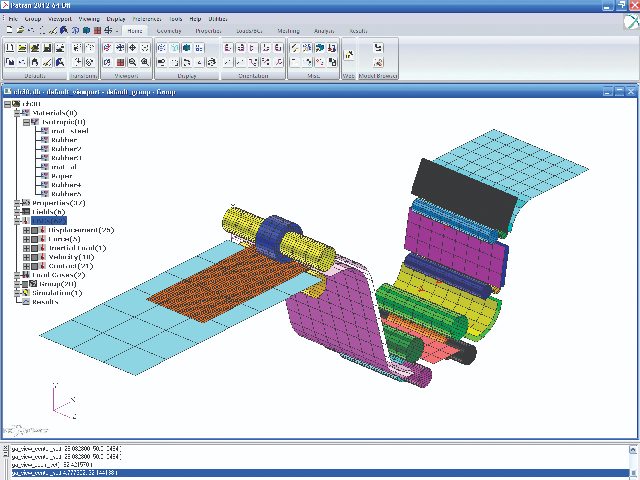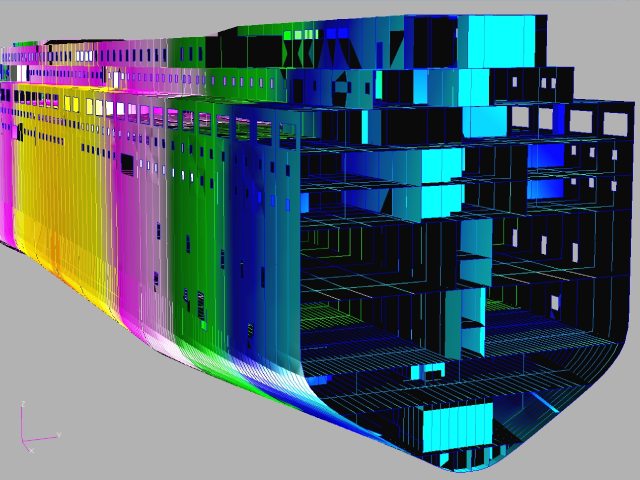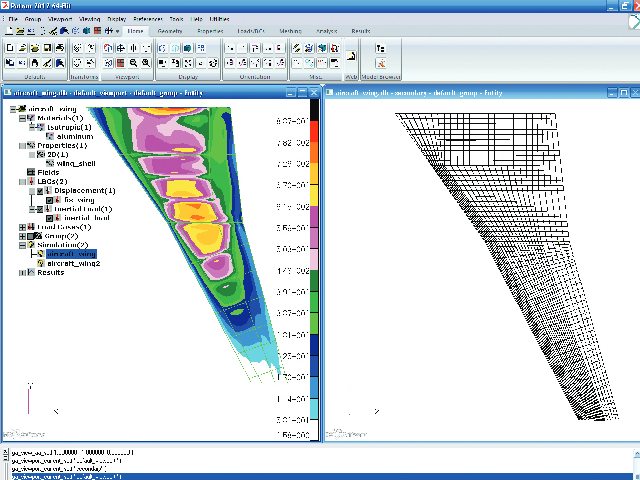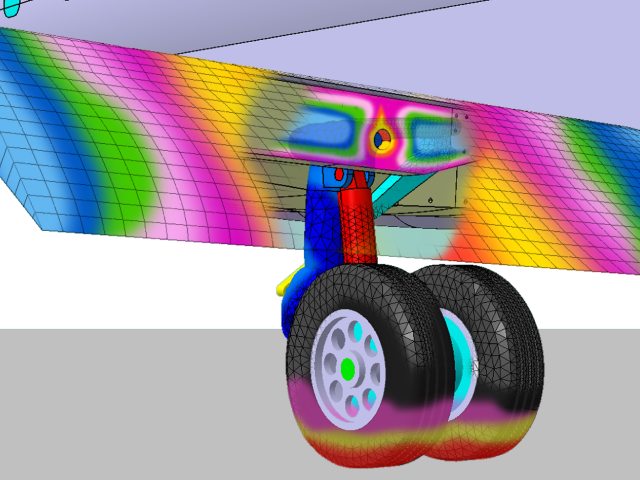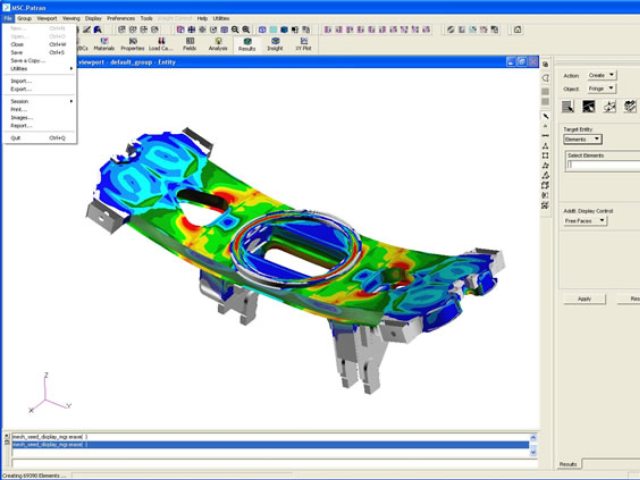Q: Is Patran still being developed and supported?
A: Yes! Patran is currently on a bi-annual release cycle, with new capabilities and enhancements added every year. Recent releases have improved Patran’s user experience and expanded MSC Nastran support. No other software supports MSC Nastran pre- and post-processing capabilities as comprehensively as Patran.
Some of the latest MSC Nastran features supported in Patran include initial geometric imperfection buckling, nonlinear buckling, initial contact distance check, flexible glued contact, automatic contact generation, pyramid element creation and large rotation bolt modelling.
Q: Can I still buy Patran?
A: Yes, you can still buy Patran. Patran is available with either MSC One tokens or as a bundle with MSC Apex. With the combination of MSC Apex and Patran, you get the direct modelling capabilities of MSC Apex and Patran’s unparalleled support for MSC Nastran. You won’t miss out on any features, and you’ll be able to choose the best tools for your workflow.
Q: When should I use Patran over MSC Apex?
A: Both MSC Apex and Patran are powerful pre- and post-processors, but there are some circumstances where Patran truly excels. For example, if you’re using a solver other than MSC Nastran, you may find that Patran offers more processing capabilities.
Some capabilities of MSC Nastran are also only supported in Patran, such as aeroelasticity. MSC Apex supports MSC Nastran solutions 101, 103, 105, 111, and 400—for other MSC Nastran solutions, you may choose to construct the model (CAD-to-mesh) in MSC Apex, and then use Patran for the final attribution and solution setup.
You’ll want to use Patran when post-processing older models with results in XDB or master/dball formats. Patran is also the best tool for orphan mesh edits in typical aerospace global FEM models.
Patran is still the all-around best tool for post-processing MSC Nastran models. MSC Apex is continuously adding capabilities, but we offer both MSC Apex and Patran as a combination so you never miss out on features or capabilities.
Q: When should I use MSC Apex along with Patran?
A: MSC Apex is a powerful solution for moving from CAD to mesh. Whether you’re de-featuring, idealizing, or cleaning geometry, MSC Apex offers robust functionality. Direct model interaction along with automatic model updates makes MSC Apex the perfect choice for handling geometry and meshing.
Patran offers tools for transferring geometry and mesh from MSC Apex to Patran while maintaining associativity, making them a powerful duo when used together.
Q: Why should I update my older version of Patran to a newer version?
A: Patran gets better with every new version and includes more support for MSC Nastran. You may be missing out on these enhancements by not upgrading. In addition, if you’re using an older version of Patran and don’t have the Patran and MSC Apex combination, you might be limiting your modelling and meshing capabilities.
Q: What is the Patran Command Language (PCL)?
A: PCL is the Patran command language. PCL is very useful for automating workflows and processes in Patran. PCL can be used to create interactive forms, select items from the viewports, and perform other tasks to streamline your workflows.
Q: Does Patran only work with MSC Nastran?
A: Patran also works with other MSC solvers such as Dytran and Marc. In addition to seamless support for MSC Nastran, Marc, and Dytran, Patran also works with solvers such as Abaqus (Simulia) and Ansys.
Q: What solvers does Patran work best with?
A: Patran is most powerful when used with MSC Nastran, but Patran also supports a wide range of solvers in addition to MSC Nastran.
Q: Why should I learn to use Patran?
A: Patran is the industry standard for many large aerospace OEMs for pre- and post-processing for MSC Nastran. Patran’s development team has worked closely with users over many years to help users develop efficient workflows.
Patran follows the development of MSC Nastran closely, meaning new capabilities in MSC Nastran are supported in Patran—sometimes before they’re supported in other software.
Q: I’m an aspiring FE analyst. Will I need to know how to use Patran as I start my career?
A: Patran is one of the most widely used pre- and post-processors in the world. Having experience with Patran may give you a head-start in your career. You will likely be expected to use the solution your organization works with, but because Patran is standard in many industries you will likely encounter it in your career.


